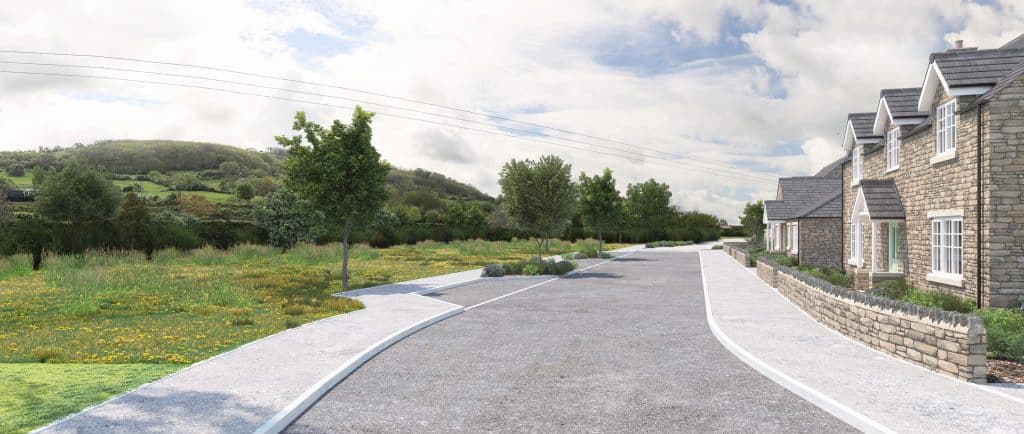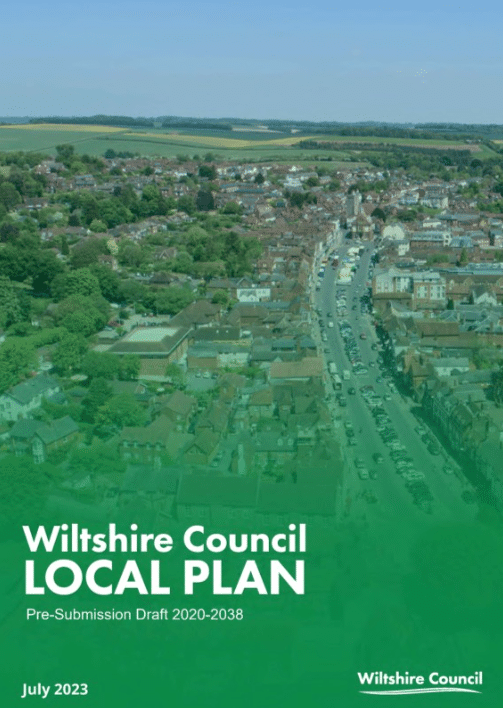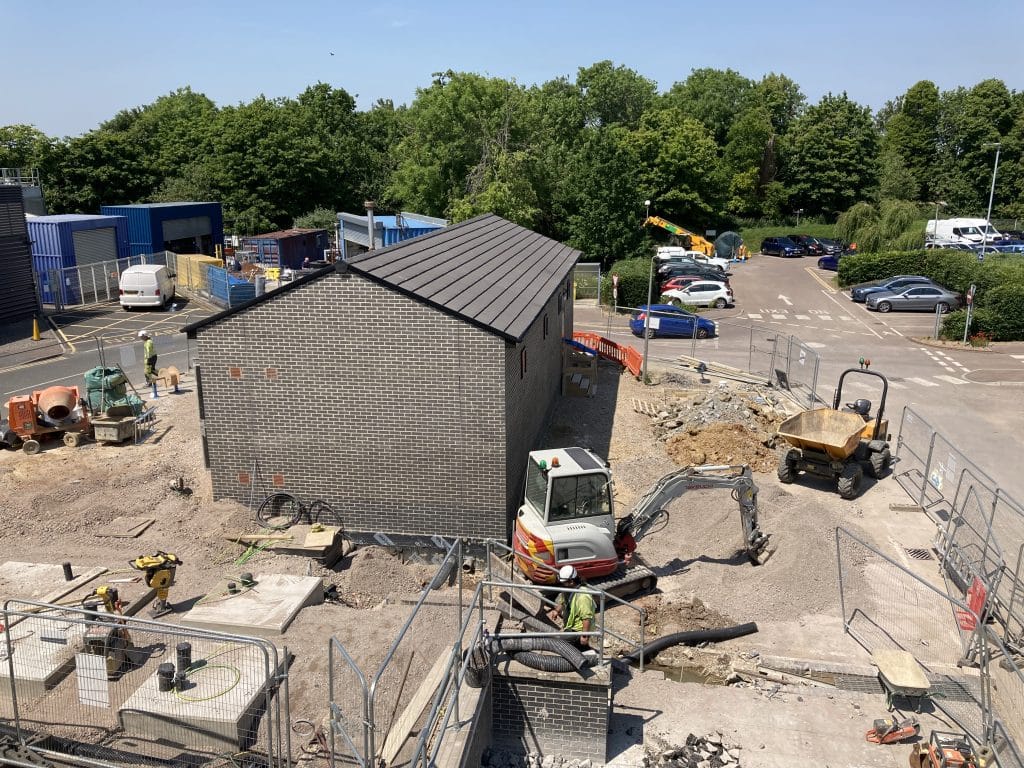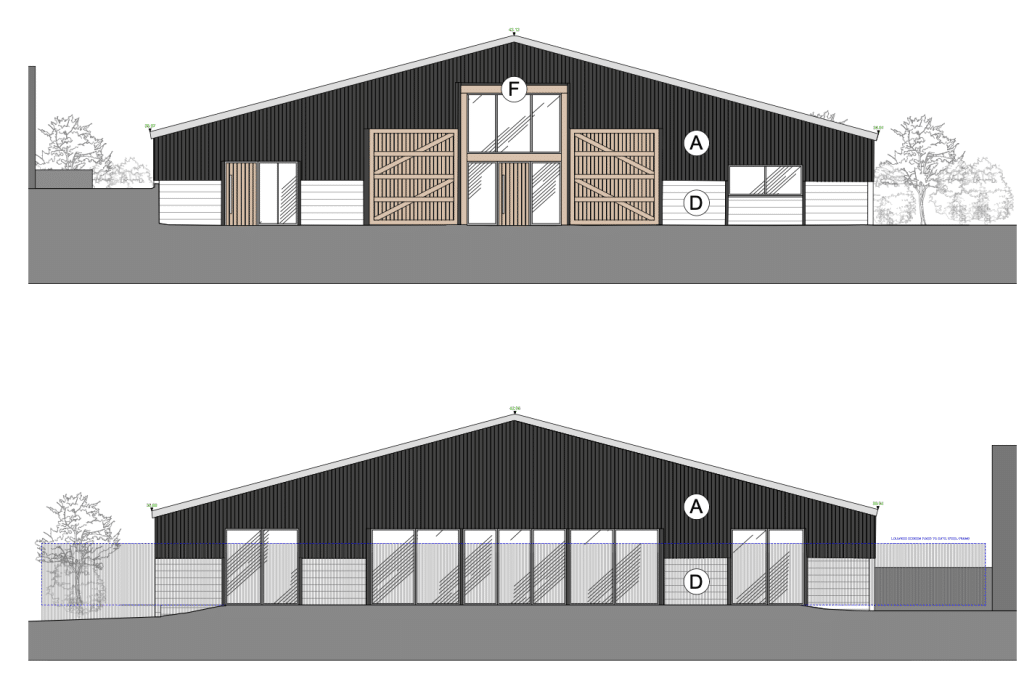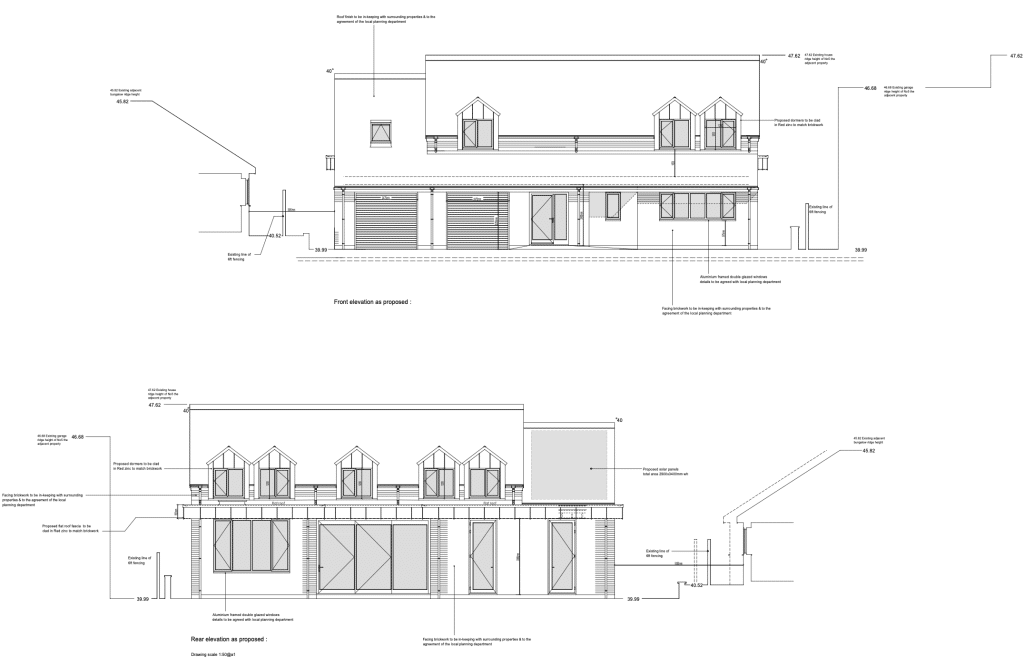If you have received a Planning Enforcement Notice, it means that your Council has reason to believe that you have breached planning control. This can be stressful, but seeking professional advice early on can help you understand what your options are and what steps you need to take next.
What is a Planning Enforcement Notice?
A Planning Enforcement Notice is a legal document issued by your Council to enforce a breach of planning control. They are issued to land or property owners where an alleged breach of planning laws has been identified and the Council requires the owner to take action to remedy the situation. Some reasons for receiving a Planning Enforcement Notice may include:
- Building or engineering operations were undertaken without planning permission.
- Changing the use of a property or land without planning permission.
- Breaching planning conditions which are within planning permission.
- Carrying out works or a change of use that is not in accordance with planning permission.
In most cases, you will normally have already received a letter, Planning Contravention Notice, or have had an Enforcement Officer from the Council visit you regarding the alleged works/change of use before receiving an Enforcement Notice.
Already at this early stage before the notice is served seeking professional advice can be worthwhile as in some instances you may be able to agree to submit a retrospective planning application to avoid an enforcement notice altogether. Furthermore, in our experience working diplomatically with the Council is recommended to ensure a proactive solution or next steps (if possible) can be agreed upon.
What Should You Do if You Receive a Planning Contravention Notice?
A Planning Contravention Notice is a way for the Local Planning Authority to gain access to information about an alleged breach from the land/property owner. It is not yet a legal charge on an alleged breach of planning. However, you must respond to the Contravention Notice (normally within 21 days), as not doing so is an offense (as is providing false or inaccurate information).
What Should You Do if You Receive a Planning Enforcement Notice?
You mustn’t ignore the Planning Enforcement Notice. Read through the Notice carefully to make sure you understand for what reason the Council is taking action against your property or land. The Planning Enforcement Notice will also provide information on what works or actions are required of you to remedy the breach, the deadline for when the actions required take effect, and the amount of time you are given to remedy the breach (for example, you may be given 3 months to remove unlawful works to a building).
It is important that you seek advice from a professional to understand what is required of you and what your options are before the deadline takes effect as set out in the Planning Enforcement Notice.
Responding to the Enforcement Notice
Whether you accept or deny the alleged breach of planning set out in the Enforcement Notice, you will need to act. How you respond will depend on the type of Enforcement Notice and whether you agree/disagree with the alleged breaches outlined. For example, if you are served with a breach of planning condition Enforcement Notice, then you have no right to appeal. Therefore, your options would be limited in this instance.
You may also accept the alleged breach and want to remedy the breach as outlined in the Enforcement Notice. In this instance, liaising with the Council’s Enforcement Officer will help in working towards resolving the requirements of the Notice. As stated before, in our experience working diplomatically with the Council’s enforcement team is advisable to work towards a solution.
However, if you have received an Enforcement Notice for an alleged breach of planning control for unlawful building works or a change of use of land, then you may have a right to appeal the Enforcement Notice to challenge the contents and requirements set out by the Council. Enforcement Appeals can be under different “Grounds” depending on the area of disagreement. The planning appeal process can be complex and time-consuming, therefore seeking advice on whether this is the best route for you is considered important.
McLoughlin Planning has experience helping land and property owners with Enforcement Notices and Enforcement Planning Appeals. If you would like an initial free consultation call, please contact Chris Moore at 01242 895008 or email via chris.moore@mplanning.co.uk. Alternatively, you can book a meeting via the “book an appointment” contact form on our website.

